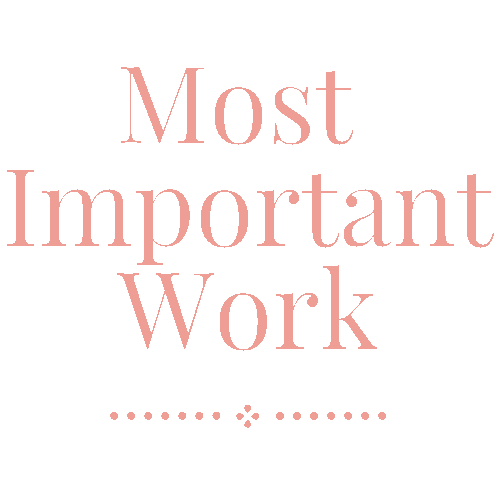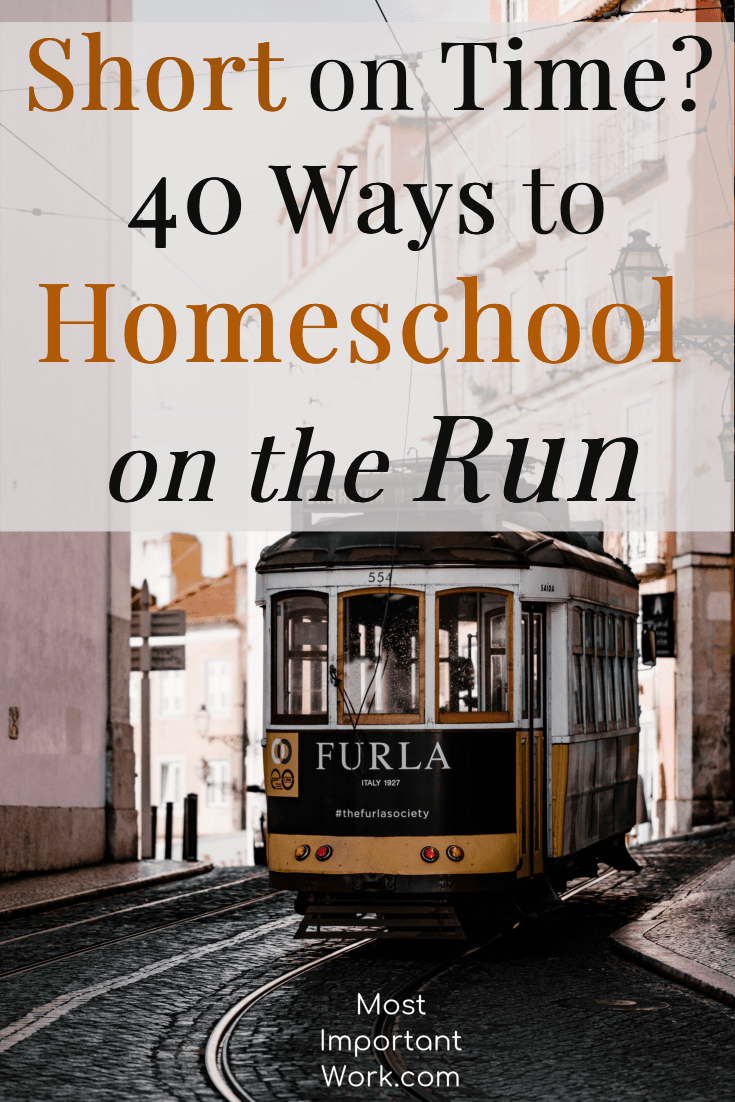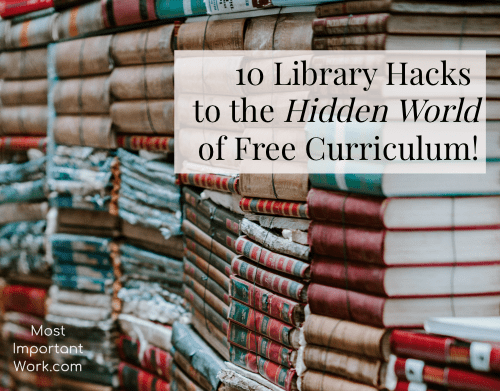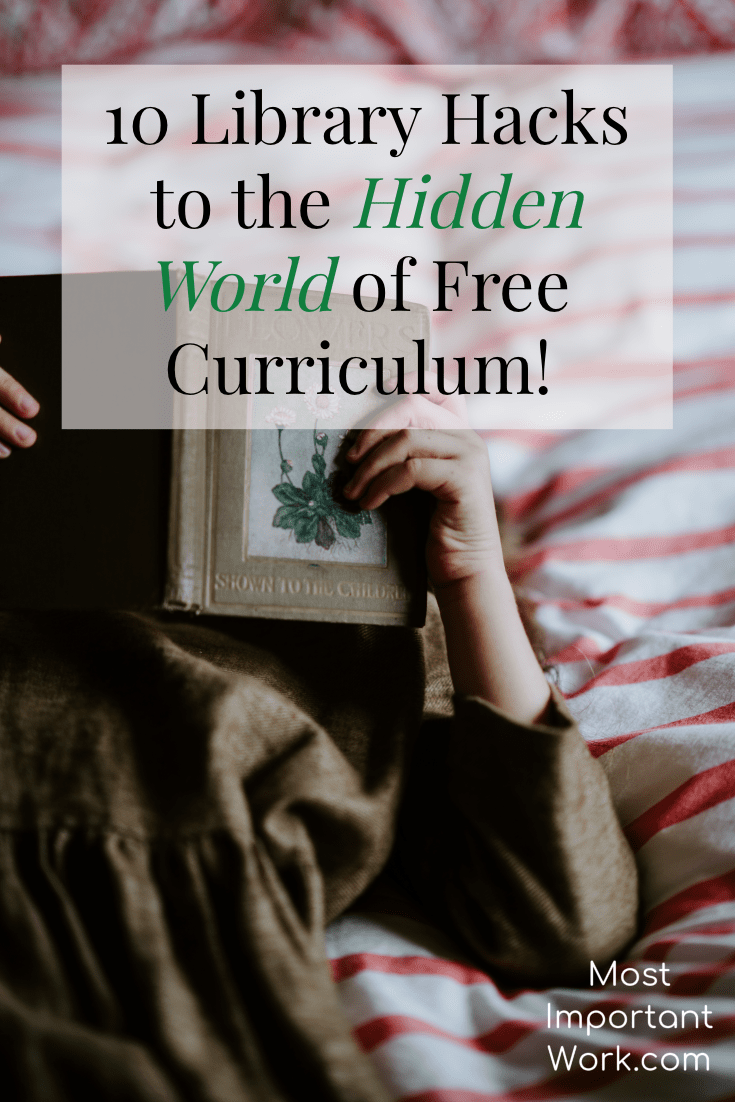
A Homeschool Day In the Life
Reading Time: 4 min 48 sec
When we first decided to homeschool, we had a vision to create a certain type of atmosphere for our children. We wanted to foster deep family relationships, build life long memories, dive down rabbit holes, and allow our children to bask in the magic of childhood. We wanted our children to have the freedom to play, to explore and to create. We wanted to foster independent thinkers, lifelong learners, and courageous children.
And above all else, we wanted to encourage a deep, lifelong relationship with Jesus. We wanted to raise men and women of faith who live out of their identity as beloved children of God.
Every time we listen to Anne of Green Gables, giggle over board games, get down on our knees to pray, dance to the blues, and pour over logic, we are making small choices that move us toward our big vision.
When you look at our typical homeschool day,you need to understand that this is what works for our family in this season. I know it can be easy to get caught up in what you are or are NOT doing, we all want to do it RIGHT, but that misses the point of this article. You need to do what’s right for you, what fits your personality, and the needs of your family.
Mama’s, we are in this together! We are stepping out on faith, working hard, and imaging a different type of future for our children. So, don’t get too caught up in the details (we do not all have to use the same schedule) and let’s give ourselves A LOT of grace, and make choices today that move us toward our vision for the future.
Daily and Weekly Rhythm:
We found that it helps our day flow smoothly when we follow a rhythm instead of a schedule.
Years ago, I created a schedule, and it totally stressed me out. I always felt like the clock was the master of our day, and we are always struggling to keep up.
Now, we take our time, and after completing a task, we just move to the next thing on the list.
Every day we work on core subjects but each day has a different emphasis.

Borrowing from Brave Writer our weekly schedule looks something like this:
Monday– Poetry Tea Time and Free Write
Tuesday– Nature Study
Wednesday– Art and Music
Thursday– Extra Curricular Activities, Games, and Languages
Friday– Field Trips
Morning
I stumble out of bed and head downstairs to make coffee in the wee hours of the morning after my alarm goes off for the second time. I realized quickly that I am more productive in the morning than waiting to work until the afternoon. I have found that these early mornings of silence set my day up for success and I actually miss it when I sleep in.
I check my e-mail, work on my blog, and other projects until about 7am. My children stumble down the stairs ready for snuggles. After helping my husband get out the door for work, we finish up breakfast and start working on our chores for the day.
We then move to some type of exercise, in the warmer months we go for a walk, run or bike ride, in the bitter cold of winter, we will use an exercise video to burn off that excess energy. On certain days of the week, the kids are involved in extracurricular sports.
While they finish up chores and play quietly, I go to my room (the quietest place in the house) for devotions.
We officially start the day by lighting our candle to remind us that God is in us and with us. We then spend some time in prayer inviting him into our day. We move to read our Bible (we ABSOLUTELY LOVE this one) and memorize scripture. Depending on the day, we will either sing some worship songs or work on interactive projects, to help the kids move from head knowledge to heart experience of God.
We then snuggle under a huge blanket and start reading through a huge stack of picture books from the library. Books are the foundation for our daily curriculum. We choose books based off of our monthly unit study, the kids’ interest, core subjects, and just for fun books.
We then move to work on math, reading lessons, logic, and handwriting. We discovered a great French handwriting book this year that has dramatically improved their handwriting skills.
We intermix lessons with reading aloud to give them a break. A large amount of our learning can be done together but I do work with my six-year-old on reading separately, while I have my eight-year-old work their handwriting.
Here are our daily goals that we try to make happen FIRST each day. If nothing else gets done, at least I know that these things were accomplished.
Time with Jesus
Outside Time
Read Aloud (Books, Books, and more Books)
Games & Music

We will finish out the morning with either free play, listening to an audiobook, art, games and stem activities.
Afternoon
At around noon, I start making lunch while the kids play. After eating, we begin afternoon quiet time. Where the kids either nap, read books or play quietly in their rooms. I have found that this is a necessary part of our day, as tempers can flare without some time to themselves. I spend this time working on the blog and completing work projects.
At about three-thirty, everyone comes back together to play outside, go for a walk, or depending on the weather, to watch their favorite tv show.
Before I know it, it’s time to start preparing dinner and cleaning up the endless art projects, massive forts, and the sticky messes of the day.
Evening
After dinner, we spend the rest of the night playing a variety of board games together as a family. We are HUGE fans of board games. We include them wherever we can all throughout our day. They not only are FUN, create lifelong family memories, but they allow us to improve core skills (math, logic etc).
After putting kids down to bed. I finish preparing for the next morning, working on some projects, and reading. Before I know it, its time I am in bed. And yes, I am asleep in about two minutes (morning comes FAST). 🙂
That’s our day! What about you? What does your homeschool day look like? Leave a comment, and don’t forget to follow Most Important Work on Pinterest
You Got this Mom!












